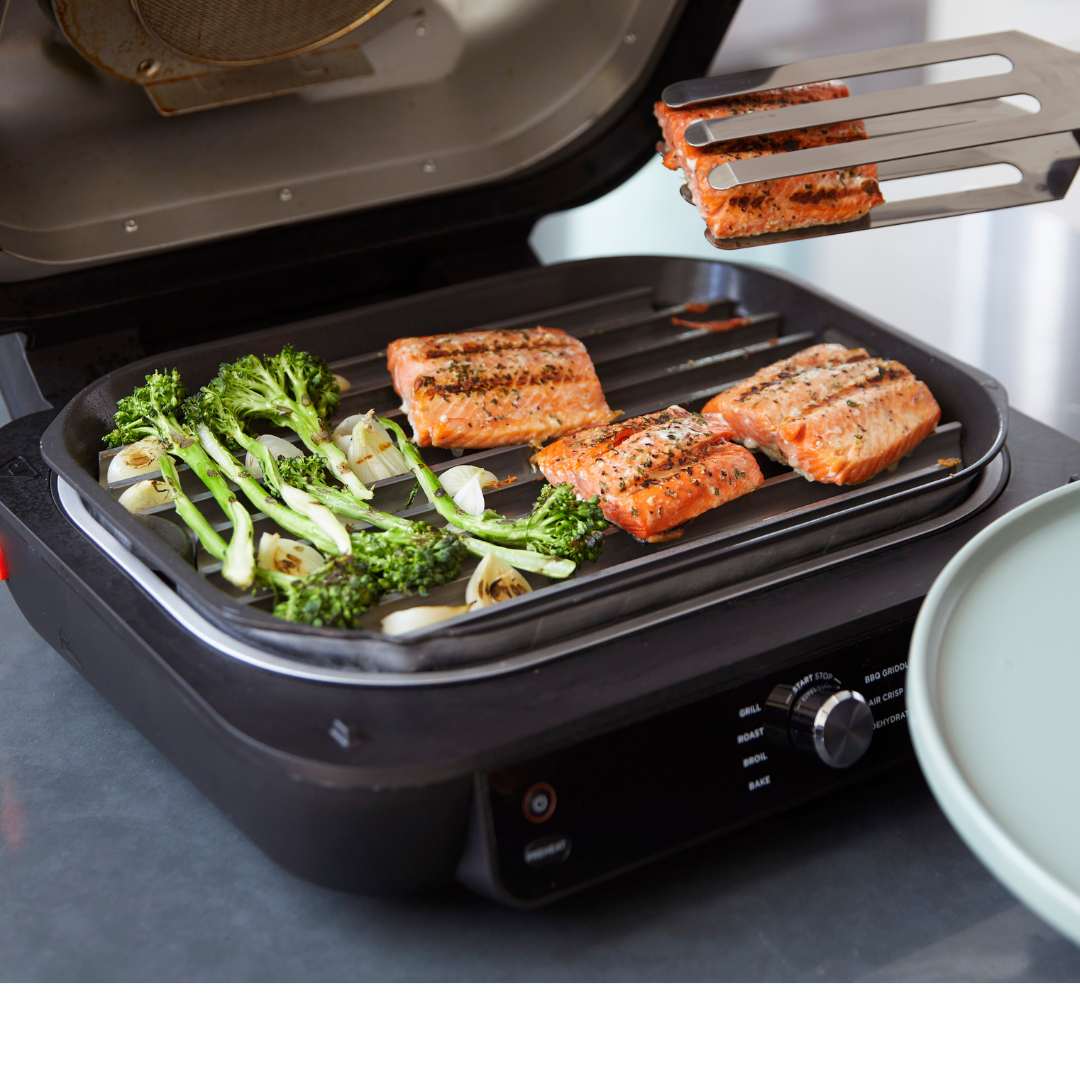In our fast-paced and often unpredictable world, the importance of a secure and safe home environment cannot be overstated. Homes are not just physical shelters but sanctuaries where families gather, grow, and live out their daily lives. Ensuring that this space is protected from potential hazards is paramount. This essay delves into the creation of a detailed home safety checklist that covers various aspects of home security and safety, providing peace of mind for all inhabitants.
Establishing the Foundation: Understanding Home Safety
Home safety encompasses a broad range of measures, from basic fire safety to securing against intruders and mitigating potential health hazards. A comprehensive approach considers all potential risks, addressing each through preventive measures and emergency preparedness.
Essential Elements of a Home Safety Checklist
1. Fire Safety and Prevention
Fire safety should be a top priority in every household. The checklist for fire safety includes several critical items:
- Smoke Detectors: Install smoke detectors on every level of the home, inside bedrooms, and outside sleeping areas. Test them monthly and replace batteries annually or as needed.
- Fire Extinguishers: Keep at least one fire extinguisher in the home, ideally in the kitchen, and make sure all family members know how to use it.
- Escape Plan: Develop and practice a home fire escape plan that includes two exits from every room and a meeting point outside the home.
- Safe Cooking Practices: Never leave cooking unattended and keep flammable materials away from the stove and oven.
- Electrical Safety: Regularly inspect cords and appliances for fraying and wear. Avoid overloading outlets and use surge protectors where necessary.
2. Childproofing and Elder Safety
For homes with young children or elderly residents, additional precautions are necessary:
- Securing Furniture and Appliances: Anchor heavy furniture and appliances to the wall to prevent tipping, which is especially important in earthquake-prone areas.
- Safety Gates: Install safety gates at the top and bottom of stairs if young children are in the home.
- Safe Storage of Medications and Chemicals: Ensure that all medicines and household chemicals are stored in high cabinets with childproof locks.
- Non-Slip Mats: Use non-slip mats in bathtubs and showers to prevent falls, a common concern for both young children and the elderly.
3. Carbon Monoxide and Gas Safety
Carbon monoxide (CO) is a silent killer—odorless and colorless, its dangers are often underestimated:
- Carbon Monoxide Detectors: Install CO detectors near sleeping areas and on every level of the home. Test these regularly and replace batteries as necessary.
- Gas Appliance Maintenance: Have all gas appliances serviced by a qualified technician annually to prevent leaks and ensure they are in good working order.
- Ventilation: Ensure that all fuel-burning appliances are well-ventilated to prevent CO buildup.
4. Home Security Measures
Protecting a home from intruders is another crucial aspect of a safety checklist:
- Locks and Deadbolts: Ensure that all exterior doors have sturdy locks, preferably deadbolts. Change locks when moving into a new home.
- Lighting: Install adequate lighting around the exterior of the home, including motion-sensor lights near entries.
- Security System: Consider installing a security system with monitoring capabilities to protect against unauthorized entry.
- Window Locks: Secure all accessible windows with locks and consider window bars if living in a high-risk area.
5. Emergency Preparedness
Being prepared for various emergencies can significantly improve safety:
- Emergency Kit: Maintain an emergency kit that includes water, non-perishable food, a first-aid kit, flashlights, batteries, and essential medications.
- Important Documents: Keep important documents such as passports, birth certificates, and insurance policies in a fireproof and waterproof safe.
- Local Emergency Services: Have contact information for local emergency services readily available and educate all family members on when and how to contact these services.









